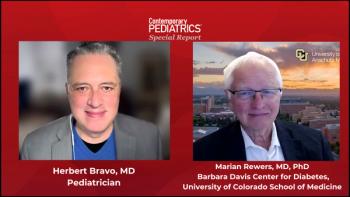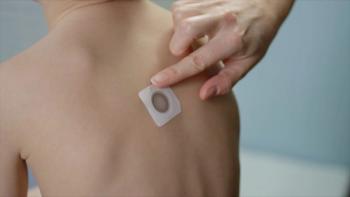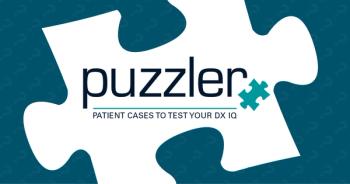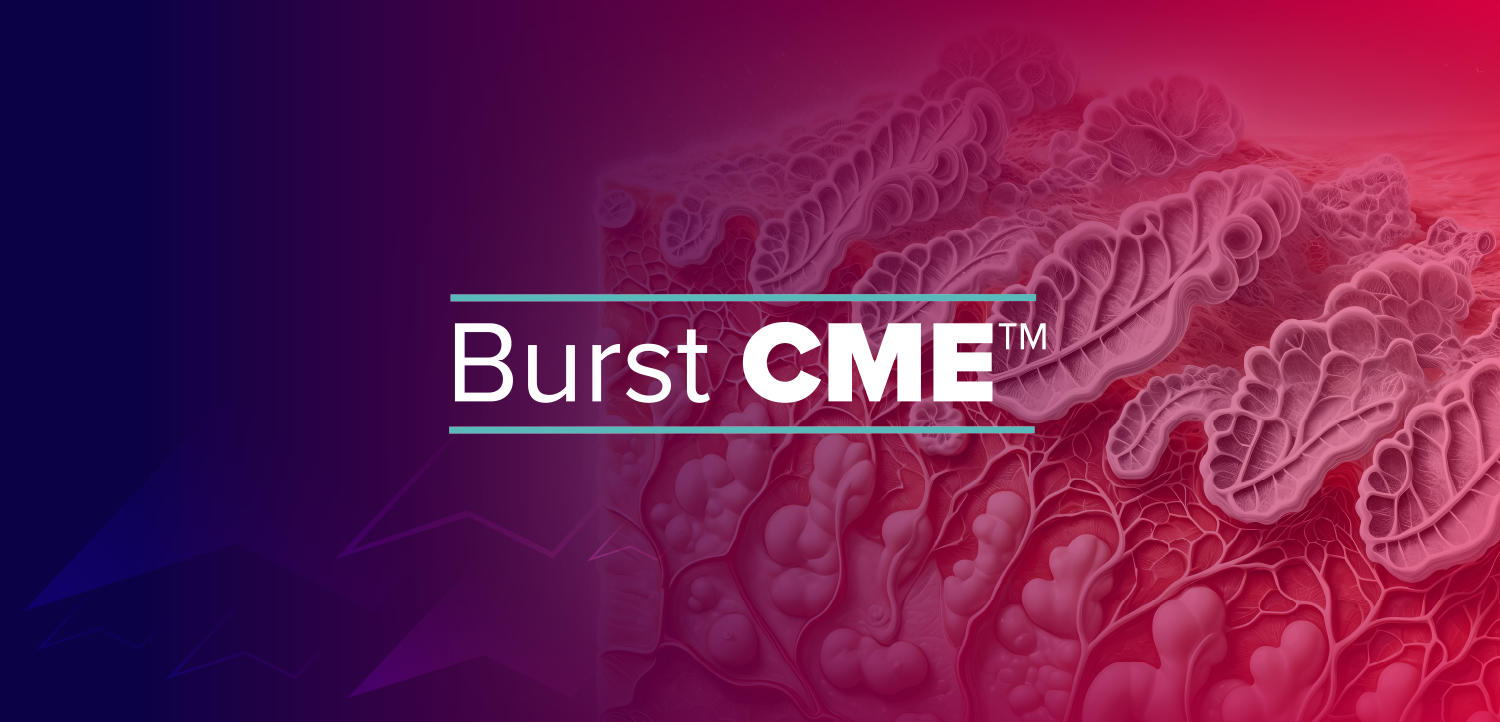
- August 2023
- Volume 40
- Issue 07
Epiploic appendagitis may be causing that abdominal pain
The authors noted that right-sided EA is often misdiagnosed as acute appendicitis, and that steady but sharp and nonmigratory pain in either of the lower abdominal quadrants should raise suspicion of EA.
In a recent case report, a group of physicians in India describe an 11-year-old boy who came to their hospital’s emergency department with acute onset, constant sharp abdominal pain localized to the right lower quadrant. An ultrasound indicated a normal appendix despite probe tenderness, whereas CT showed an oval fat-attenuated lesion on the right antimesenteric border of the colon, which is characteristic of epiploic appendagitis (EA). The patient was prescribed ibuprofen and antiemetics and experienced complete remission of symptoms. He remained asymptomatic at 2 weeks follow-up.
The authors noted that right-sided EA is often misdiagnosed as acute appendicitis, and that steady but sharp and nonmigratory pain in either of the lower abdominal quadrants should raise suspicion of EA. Although ultrasonography is the diagnostic entity of choice, its sensitivity is low and it is operator dependent. As a result, abdominal CT, with its potential for pathognomonic findings, is the most widely used imaging tool for EA.
Thoughts from Dr Farber
This condition is new to me. Add this to mesenteric adenitis, among others, in your differential of acute right-lower abdominal pain, and you may be able to spare some children from exploratory surgery—albeit at the cost of a CT scan—when the ultrasound is inconclusive.
Reference:
Rustogi D, Khare C, Kumar K. Epiploic appendagitis: not so unusual cause of pediatric abdominal pain. Int J Pediatr Adolesc Med.2022;9(4):225-226. doi:10.1016/j.ijpam.2023.01.001
Articles in this issue
over 2 years ago
The Dx and Rx of head liceover 2 years ago
Eyes on a new school yearover 2 years ago
First over-the-counter oral contraceptive approved by FDANewsletter
Access practical, evidence-based guidance to support better care for our youngest patients. Join our email list for the latest clinical updates.







